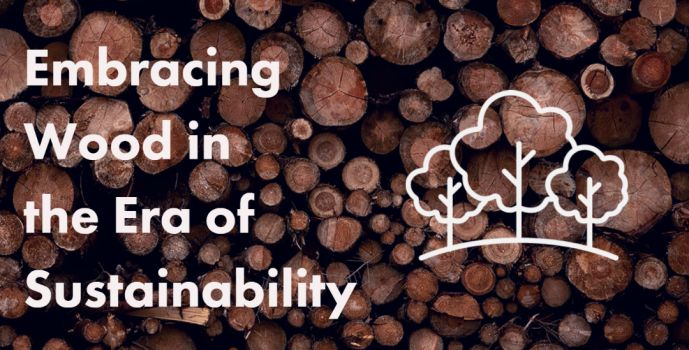As we delve into the era of sustainability, the art of building with wood has taken centre stage, offering a blend of beauty, functionality, and environmental consciousness. However, employing wood in construction is not just about aesthetics; it’s a science that demands a profound understanding of the material and the skill to utilise it effectively. From comprehending the unique properties of different species to preventing potential damage and ensuring long-term durability, mastering the art of wood construction is a fascinating journey.
Understanding Wood: The Foundation of Successful Construction
Successfully employing wood in construction necessitates a deep understanding of the material and technical expertise to prevent potential damage. Being a hydrophilic substance, it’s crucial that wood is dry and devoid of trapped moisture. The presence of excess dampness in poorly ventilated spaces can encourage the growth of wood-decaying fungi, leading to rotting. This can have severe repercussions, especially if the wood is a structural component. Moreover, suitable conditions can invite wood-boring insects to infest.
Designing with Wood: A Thoughtful Approach
To prevent such damage, thoughtful design and construction with wood is required. Walls with breathability and vapour barriers are favoured to allow water vapour diffusion. Wood, being an anisotropic material, shrinks and dries differently based on the direction of the cut, potentially leading to warping if not correctly installed.
Recognising the Uniqueness of Wood Types
Moreover, it’s vital to acknowledge that each type of wood, unique to the tree it comes from, possesses distinct properties. Each species has its own usage class (1 to 5), signifying its durability and suitability for different environments, ranging from dry interiors to outdoor settings. Certain species are only suitable for indoor use, while others can be used for cladding or in contact with water.
Modern treatments now enable non-durable wood species to be used outdoors and protect against insect infestations. For instance, the Japanese burnt wood technique renders non-durable wood long-lasting, albeit with a charred appearance.
Appreciating Wood Density: A Key Construction Consideration
Each species also exhibits a specific density. Some are more apt for certain types of construction owing to their weight. The presence of knots and the tree’s height influence the final board length, making every piece of wood unique.
Wood Placement: Key to Durability and Stability
With the suitable species in the appropriate place, a wooden structure designed and executed with precision can age gracefully over time, maintaining its durability and stability.
The Aesthetics of Ageing: Greying of Outdoor Wood
One aspect to consider when using wood outdoors is the greying effect from UV rays attacking the lignin. This should be communicated to clients for aesthetic considerations. If undesirable, external lumber can be treated with stains or saturators, requiring periodic maintenance.
Addressing Acoustic Constraints in Timber Construction
In timber construction, addressing acoustic constraints is crucial, as wood’s acoustic performance can be a weakness. Design details must be meticulously planned, and sound bridges must be treated during installation.
Fire Safety in Wood Construction: A Critical Concern
Finally, fire is a primary concern when using wood due to its fuel-like nature. However, wood’s insulating properties can offer superior fire stability compared to reinforced concrete or metal floors. Regulations for bio-sourced materials, especially structural wood, have tightened, requiring additional protective measures like cladding or sprinklers. These rules, while enhancing safety, might increase costs and slow down the growth of timber construction. New fire regulations expected in 2023 should clarify the rules for timber projects, further supporting the sector’s development.








